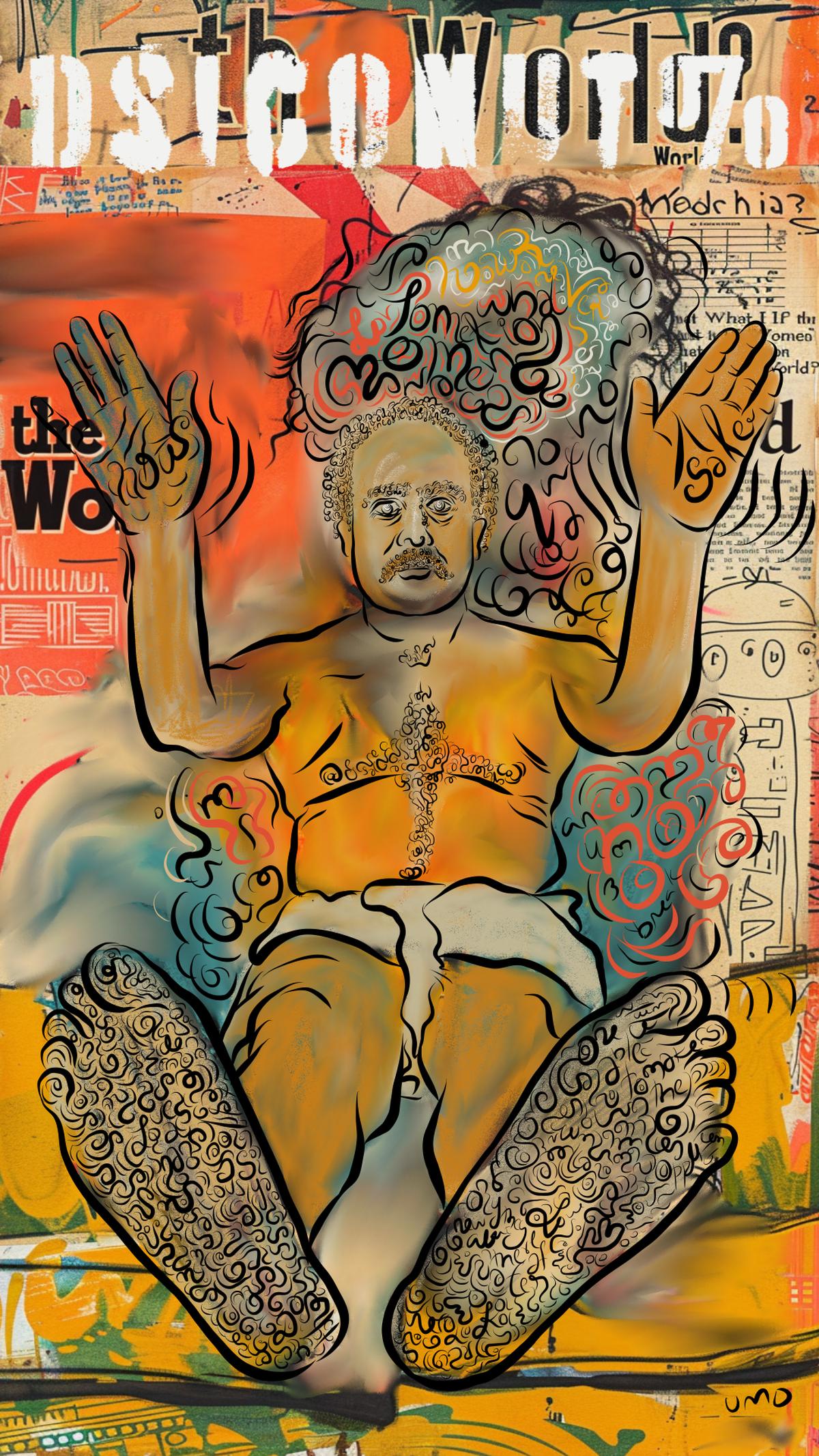Art Blocks, a digital platform for generative art located in Marfa, Texas, the United States, has been holding the Art Blocks Marfa Weekend, every October, for the past four years. It has generative artists, who use algorithmic technology to create art, from across the world participate in the showcase of generative art. And this time Kochi-based visual artist Unnikrishna M Damodaran will participate at the event which opens on October 16.
Unnikrishna’s participation is significant for the Indian art community and, more specifically, Kerala, as it signals global recognition for Indian digital artists. “This is more than just a personal achievement,” says Unnikrishna. “This is only such platform for generative art in the world, it has a very high standard. This is a chance to represent Kerala’s artistic spirit in an international dialogue and to connect with the global community of digital artists and collectors. Art Blocks Marfa Weekend has become a cultural landmark, and being part of it affirms that digital art is not just a trend, but a vital artistic language of our times.”
Unnikrishna, who studied applied arts at the College of Fine Arts, Thiruvananthapuram, says that though, back in the day, there were no digital platforms, he is fortunate to see the transition from physical to digital media. “Generative art, as a medium, is for those willing to experiment and be challenged as an artist,” he says.
Often, generative art is confused or used interchangeably with AI-generated art, “Generative art is created with an autonomous system written by code. The process, the rules and designs are unique…the tools are code, algorithm or rather math-based systems. No prompts are applied like in AI generated art. Only that this is also done on a computer.”
So he writes code as an artist? “No, I am a visual artist who uses code to generate an image. I use code as a layer for my painting.”
Unnikrishna Damodar’s generative art
| Photo Credit:
SPECIAL ARRANGEMENT
It does not sound easy and how was it for him to explore a new medium. “I made my entry [into digital art] with NFTs in 2020. I wanted to experiment. Most of the artists of the genre are willing to change, learn, experiment…not be afraid to change. It is new technology, one has the option of experimenting with it, if, as an artist, you like it you adapt. The process is a struggle, and it also progress.”
At Marfa, Unnikrishna will present Consumer Struggles, a site-specific installation combining physical consumer artefacts with generative works displayed on LCD screens. The work critiques how capitalist infrastructures and digital consumer communication shape aesthetics, language, and pace of living.
By introducing slowness, ambiguity, and hesitation, his art pushes back against the speed and clarity demanded by consumer systems, inviting viewers into deeper acts of reflection. “It is against the speed of consumerism, I am asking people to slow down, watch and then react.” The physical artefacts he intends to collect from Marfa. “Marfa is remote, I want to collect the ‘leftovers of consumerism’ – labels, packaging – which give things ‘meaning’.”

One of Unnikrishna Damodar’s works
| Photo Credit:
SPECIAL ARRANGEMENT
Marfa Weekend has become a bridge between artists and audiences who shape the future of art. For Kerala, Unnikrishna says, his participation signals how local practices can enter global circuits, offering both inspiration and visibility for the region’s growing digital art community.
This edition of Art Blocks Marfa Weekend will feature some influential names in the field such as Beeple, one of the world’s most widely recognized digital artists, Jack Butcher, whose conceptual work bridges design, branding, and digital culture besides works of other generative artists such as Erick Calderon (Snowfro), the founder of Art Blocks and creator of Chromie Squiggle; Tyler Hobbs, celebrated for the iconic Fidenza series.
The Art Blocks Marfa Weekend, Texas, concludes on October 19.
Published – October 17, 2025 04:23 pm IST
